How to Fix a Dry Commercial P-Trap
How to Fix a Dry Commercial P-Trap
Sometimes, bathrooms, kitchens, and more take on a funky, unpleasant smell—the kind of odor that makes the entire space feel icky and unclean. But often, these odors can be a pain to trace. If you’re having trouble finding the source of these smells, try turning your focus to your drains—you may be dealing with dry drain traps.
At State Chemical, we manufacture and distribute chemical and biological solutions for various applications, including drain care. Dry drain traps are an issue that can be recurring and unpleasant, but there are ways to keep it under control.
To help you determine how to fix your dry drains, we will explain what causes dry P-traps, the negative consequences this issue has, and how to fix it. After reading, you’ll know what’s causing your dry drain traps and how best to fix the problem.
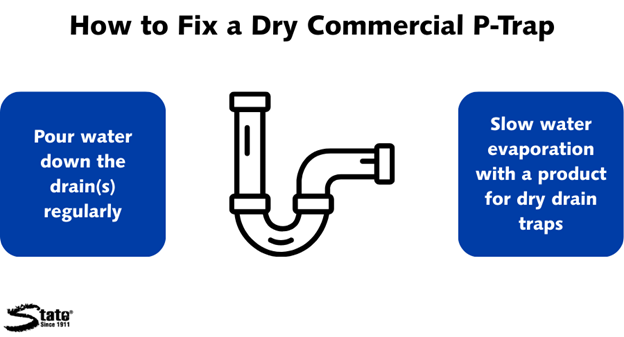
What Causes a Dry Commercial Drain Trap?
Dry drain happens when a drain is infrequently used for a significant period of time.
Think about a middle school during summer break. Without anyone using the bathroom sinks, the entire rooms start to take on a foul scent. The same happens in the cafeteria kitchen, where no meals are being prepared, and in the locker rooms, where the showers and sinks remain untouched. Everything starts to smell faintly of rotten eggs.
Why does this happen? The answer lies in the P-trap, the twisty pipe underneath your sink.
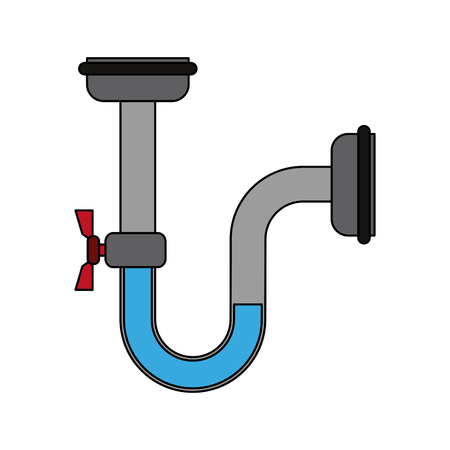
A P-trap is designed to always hold water in the dip of the pipe. The water acts as a barrier between the side of the pipes leading to your sink and the side of the pipes leading to the sewer. With the water as a barricade, sewer gases are blocked from traveling up your drain and releasing foul odors. To complete this function, even after the sink drains, water should always fill this curve.
However, when your drain is infrequently used, the water in your P-trap evaporates. At a certain point, the water depletes enough that sewer gases can slip through the pipes into your facility. This is when you start experiencing putrid odors, the common symptom of a dry drain trap.
Even if you use your drain frequently, dry drain can also happen in other situations that increase water evaporation rates. For example, many facilities experience this problem in the winter due to the building’s heating system running constantly, which increases water evaporation in the P-trap.
What are the Negative Consequences of a Dry Commercial Drain Trap?
When dealing with dry drain traps, the main consequence is that your facility will smell like rotten eggs in the affected areas. You’ll be dealing with employee discomfort as well as deterring customers from your facility. Foul scents are a sign of uncleanliness, and many customers would rather not take that risk.
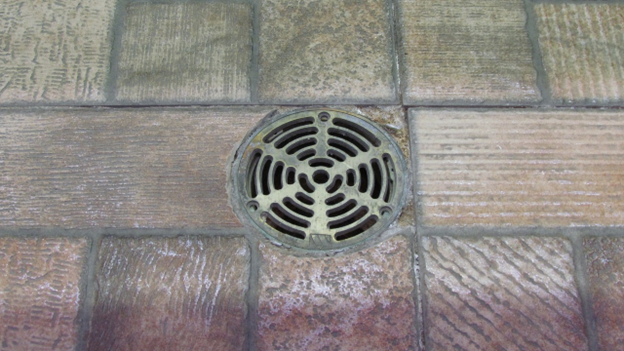
Imagine that you run a restaurant where the bathroom frequently has dry floor drains. When patrons go into the bathrooms and smell that foul rotten egg odor, they’ll lose their appetites—and they’ll likely question the hygiene standards of your restaurant.
Smells can leave a strong impression on people—and negative smells can translate to negative perceptions of locations. This can tamper with your reputation and overall put you in an undesirable situation.
How to Fix a Dry Commercial P-Trap
Dry drain traps are not an ideal situation for your facility odor-wise. But how do you resolve this? Based on your preferences, you have a couple of treatment options.
Regularly Refill Your Drains
During times of less usage and in the winter months, the easiest way to ensure your drains aren’t dry is to simply run water. Roughly every week or two, you can let water run for a minute or two down your drains or pour a half gallon of water down each of your drains. This will ensure that the P-trap is sufficiently filled.
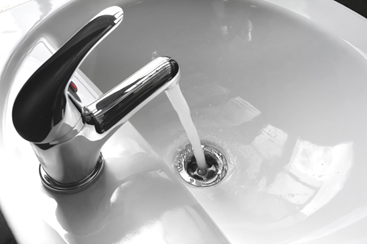
You must regularly keep up with this chore, or else you will experience the negative effects of dry drain. This can be tedious when it’s required consistently, but if this is your chosen solution, frequent water flow is necessary to fight the speed of evaporation.
Invest in a Product to Treat Dry Drain Traps
Your other option for this issue is to use a product that slows the evaporation of water in the P-trap.
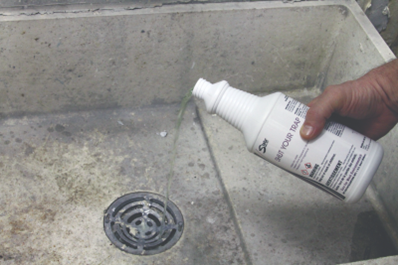
Usually, this will be a substance such as an oil or mineral that floats on top of the water, sealing it off to prevent evaporation. When you use your drains, the water will be heavy enough to break through the product and flow through the drain. However, the product will otherwise remain atop the water in the P-trap, slowing evaporation.
This way, if you don’t want to pour water down your drains consistently, the water will take longer to evaporate to prevent dry drain. It will eventually wear off and need to be reapplied, but it’s a way of slowing down the evaporation rate to prevent drain traps from drying up for as long as possible.
Learn How State Chemical’s Shut Your Trap™ Can Fix Your Dry Commercial Drain Trap
Dry drain odors are a nuisance in any facility. Now that you know what causes a dry P-trap and ways to fix it, watch this video to learn how State Chemical’s Shut Your Trap™ could solve dry drain in your facility.








